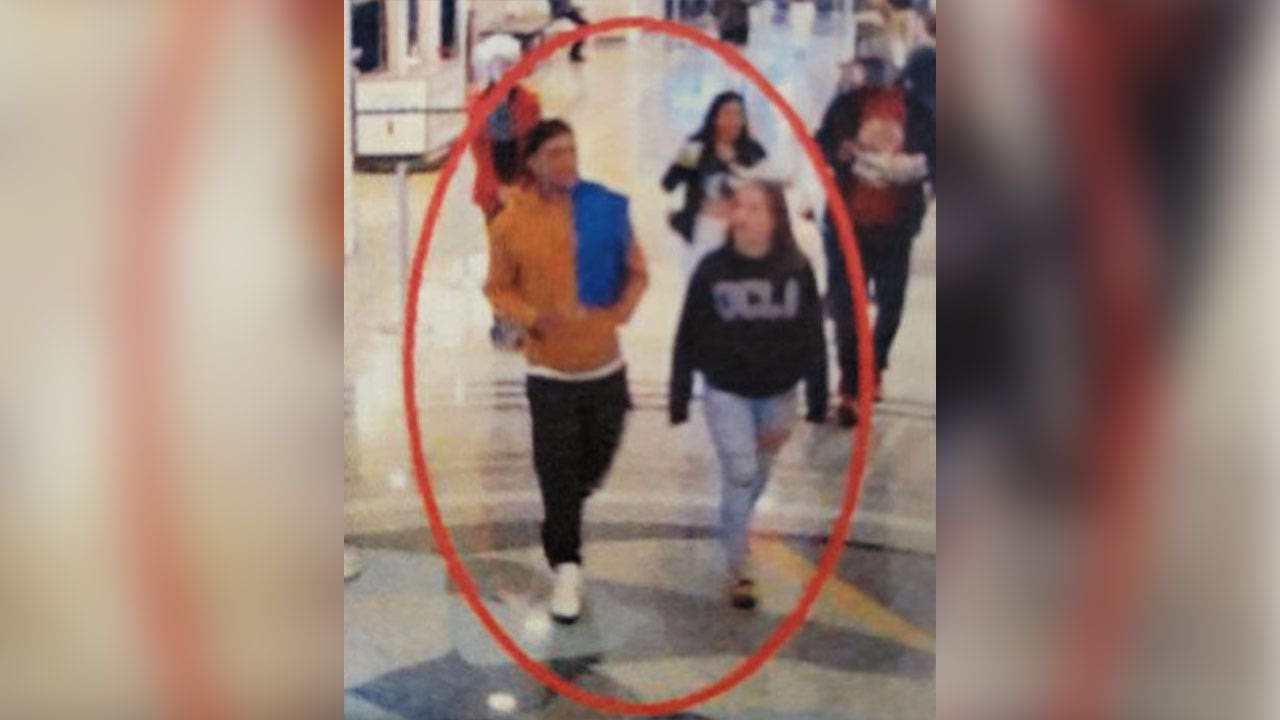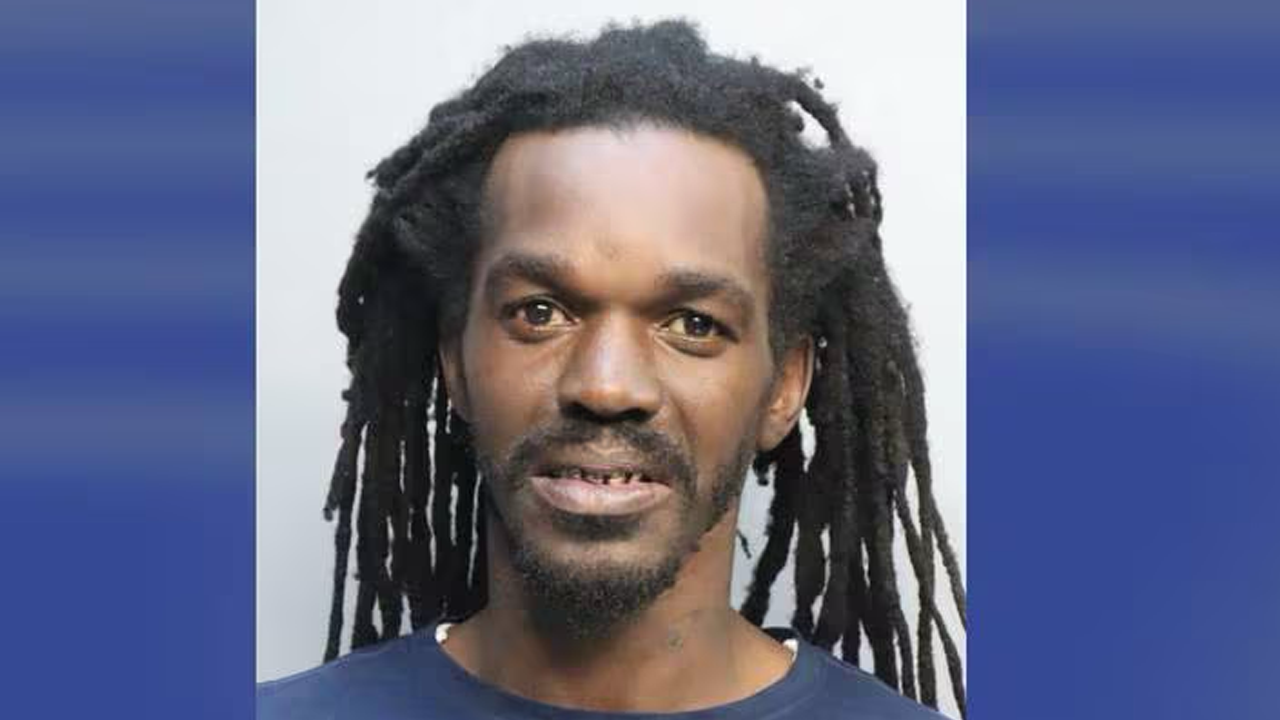Lawyers for Alec Baldwin filed court papers on Thursday seeking to dismiss the involuntary manslaughter indictment against him related to the fatal shooting on the “Rust” movie set, arguing that prosecutors did not properly present the grand jury with evidence that could have supported his case.
Mr. Baldwin — who was practicing drawing a gun he had been told was safe when it discharged a live bullet, killing the film’s cinematographer, Halyna Hutchins, in 2021 — has been largely quiet about the criminal case since it was revived in January by prosecutors who have accused him of failing to observe firearm safety measures on set.
But in the 52-page filing on Thursday, Mr. Baldwin’s lawyers made a full-throated denunciation of the case against the actor, asserting that the prosecutors have “publicly dragged Baldwin through the cesspool created by their improprieties,” resulting in the criminal case “hanging over his head” for more than two years.
“Enough is enough,” said the filing, which was signed by Luke Nikas, a member of Mr. Baldwin’s team of lawyers. “This is an abuse of the system, and an abuse of an innocent person whose rights have been trampled to the extreme.”
The filing by Mr. Baldwin’s lawyers cited a New Mexico Supreme Court decision in which the court dismissed an indictment after finding that the prosecution “prevented the grand jury from inquiring into the facts demonstrating probable cause” and “failed to act in a fair and impartial manner when instructing the grand jury.”
The lead prosecutor, Kari T. Morrissey, declined to comment on the specifics of the motion but said, “Our response will be filed with the court.”
If the judge were to dismiss the indictment against Mr. Baldwin, the prosecutors could bring the case to a new grand jury, making the long and winding prosecution even more so. An initial manslaughter charge was thrown out in April 2023 after efforts by Mr. Baldwin’s lawyers.
The armorer in charge of weapons on “Rust,” Hannah Gutierrez-Reed, was convicted of involuntary manslaughter last week. She faces up to 18 months in prison, which will be decided at a sentencing hearing next month.
Ms. Gutierrez-Reed, 26, was supposed to load six dummy rounds — inert cartridges that cannot fire and are made to resemble real ammunition for the camera — into Mr. Baldwin’s gun that day but ended up loading one live round. Her lawyers have blamed the production for not affording her enough time for her armorer duties, which producers deny, and they have said they will be appealing the verdict.
Mr. Baldwin, 65, has denied responsibility for Ms. Hutchins’s death from the beginning, asserting that he had been told the gun did not contain live ammunition and that she had been directing him where to point the gun. He has also denied pulling the trigger, saying the gun went off after he pulled the hammer of the revolver all the way back and then let it go.
In a motion that brought forward a litany of objections with the prosecution of Mr. Baldwin — including with the minutiae of the jury instructions and which witnesses prosecutors called to testify — the actor’s lawyers also gave a glimpse into the record of the grand jury proceedings, which the court in New Mexico denied the media access to.
“Shouldn’t somebody have seen the difference before it went into the gun?” one grand juror asked about the live round, according to the filing.
Another asked, according to the court papers: “When Alec Baldwin refused to look at the gun that was handed, that was allegedly cleared, and they gave it to him to reinspect it … how would he inspect the gun?”
In both cases, the filing said, the lead prosecutor responded that later testimony would help answer those questions.
Mr. Baldwin’s lawyers challenged the way that the prosecutor, Ms. Morrissey, responded, saying she had a “duty to elicit truthful evidence” from witnesses. They noted that she could have presented other evidence that Mr. Baldwin had not “refused” to check the gun because he was never asked to check it, and showing that he had no responsibility to do so because actors are not obligated to do gun safety checks.
They argued that testimony from witnesses they had asked the prosecution to call would have answered those questions, including that of Dave Halls, the movie’s first assistant director, who has admitted to not checking the gun properly the day of the shooting.
In New Mexico, the defense does not have the right to call witnesses during the presentation of a case to a grand jury. Instead they can submit a letter to prosecutors that includes evidence that could help exonerate their client, including any favorable witnesses or documents.
Ms. Morrissey pointed to a state Supreme Court decision that states that the law requires only that a prosecutor alert the grand jury to evidence offered by the defense, not to present such evidence.
Mr. Baldwin could have testified on his own behalf, but he did not.
In Thursday’s court filing, Mr. Baldwin’s lawyers said they had proposed seven witnesses to prosecutors, including Mr. Halls and the director Joel Souza, who was injured in the shooting. The defense contends that both witnesses could have helped grand jurors understand who is responsible for firearms on movie sets.
The only witness named in Mr. Baldwin’s letter that prosecutors called was the lead detective on the case, Alexandria Hancock. His lawyers asserted that the prosecutors “did not tell the grand jurors that they had the right and, in fact, the obligation to request and hear all exculpatory evidence.”
“At no point did Morrissey explain to grand jurors that they could hear from Halls directly if they wanted,” the filing said.
Instead, the court papers said, Ms. Morrissey read Mr. Baldwin’s letter to grand jurors and allowed them a break to discuss it before asking how they “want to proceed.”
The witnesses that the prosecution called before the grand jury included Bryan Carpenter, an armorer hired to testify as an expert; Ross Addiego, a crew member who witnessed the fatal shooting; Lane Luper, a member of the “Rust” camera team who quit the production the night before the shooting, in part because of safety concerns; Michael Haag, one of the examiners commissioned to analyze the gun; Marissa Poppell, a crime scene technician; and Connor Rice, an investigator hired by the prosecution.
The initial manslaughter charge against Mr. Baldwin fell apart last year.
His lawyers argued that Mr. Baldwin had been charged under a law that had not yet been enacted at the time of the shooting, leading prosecutors to downgrade the charge. Then the special prosecutor assigned to the case resigned after Mr. Baldwin’s lawyers argued that the State Constitution prohibited her from simultaneously serving as a state legislator. According to Thursday’s court filing, they then made a presentation to the new prosecution team, Ms. Morrissey and Jason J. Lewis, laying out a case that the gun had been modified.
The new prosecutors dismissed the initial case. But after commissioning a report on the gun by a forensic examiner, they decided to renew the criminal case in the fall.
“The forensic testing of the gun concluded with certainty that the trigger of the gun had to have been pulled for the gun to go off,” Ms. Morrissey said in an interview in October when she announced the decision to take the case to a grand jury. (Mr. Baldwin’s lawyers have contested the conclusion of the prosecution’s gun report.)
Mr. Baldwin’s lawyers made a series of other objections to the prosecution’s conduct, including to the interview Ms. Morrissey had with The New York Times in October, which, they argued, “violated basic rules governing grand jury secrecy” by making public that the case was initially scheduled to be presented the following month.
In closed-door proceedings, the filing said, a judge told the lawyers that grand jurors at the court had approached the clerk seeking to serve on the grand jury deciding Mr. Baldwin’s case, creating the risk of prejudice.






